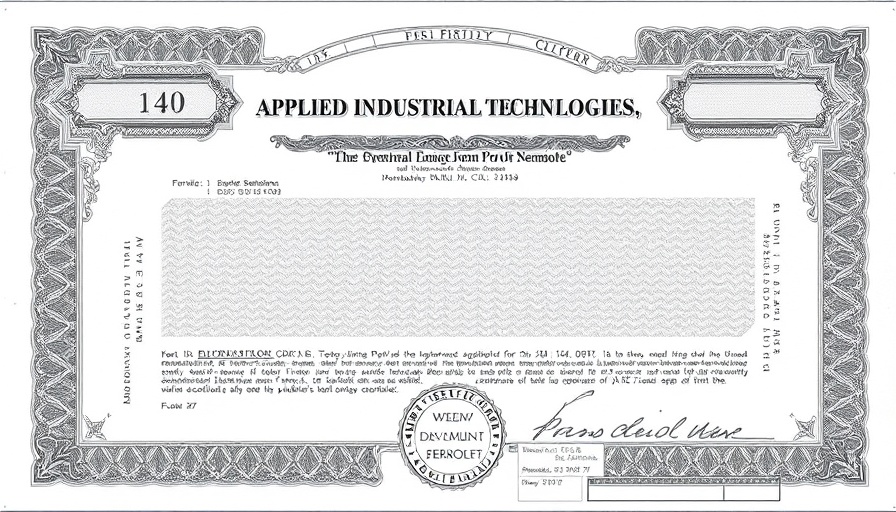
Understanding the Impact of U.S. Tariffs on Canadian Aluminum Producers
The Canadian aluminum industry is facing significant challenges due to a proposed 50% tariff on imports from the U.S. This hefty tax not only threatens the profitability of major producers like Rio Tinto but also poses broader implications for the North American trade landscape. With discussions of potential financial backing from the Canadian government, industry stakeholders are contemplating strategies to mitigate the fallout from these tariffs.
The Role of Financial Support
Jean Simard, CEO of the Aluminum Association of Canada, highlighted that Canada could potentially extend financial support to its struggling aluminum manufacturers if the tariffs persist. This could involve subsidies or other forms of monetary assistance aimed at helping companies like Rio Tinto remain competitive in the international market. Such measures reflect the Canadian government's willingness to intervene in the economy to protect key industries affected by foreign trade policies.
The Stakes of Trade Talks
As trade negotiations between Canada and the U.S. continue, the urgency to reach a resolution has never been more critical. Canada's decision to cancel a digital service tax on U.S. companies was a strategic move aimed at preserving these negotiations, signaling a cautious approach to resolving a complex web of trade issues. The outcome of these discussions will not only determine the fate of Canada’s aluminum sector but will also have ripple effects across various industries.
Historical Context of Trade Wars
Historically, trade wars have led to economic instability and unpredictable market behaviors. The ongoing conflict surrounding aluminum tariffs is reminiscent of past disputes involving steel and lumber, where similar tariffs were levied, prompting retaliatory measures. Understanding this historical context is essential for grasping the potential implications for both Canadian and U.S. economies during this contentious period.
Potential Outcomes and Predictions
Experts suggest several scenarios that could unfold if the tariffs remain in place. One possibility is that Canada strengthens its internal aluminum production capabilities, leading to increased investments in the sector. Alternatively, prolonged tariffs could compel companies to explore more international markets, redirecting their focus away from U.S. imports. Longer-term consequences may also inspire shifts in consumer prices and supply chain strategies across North America, affecting everything from automotive manufacturing to construction.
Alternative Strategies for Aluminum Producers
If the prospect of U.S. tariffs remains grim, Canadian aluminum producers must explore alternatives to bolster their market position. This includes diversifying export markets beyond the U.S. and investing in technology to enhance production efficiency. Companies may also look to collaborations within the industry to share resources and knowledge, ultimately fostering resilience against unforeseen external pressures.
How Investors Should Analyze Market Trends
For investors interested in Canadian aluminum stocks or related sectors, understanding the nuances of tariff impacts is essential. With the looming threat of trade restrictions, prospective investors should consider sectors that are likely to benefit from shifts in aluminum pricing or those positioned to cushion the impact of tariffs through diversification. Thorough analysis of market trends and potential government interventions will be vital in making informed investment decisions.
Concluding Thoughts: The Broader Economic Impact
The situation between Canada and the U.S. over aluminum tariffs is a pivotal moment that could reshape the economic landscape. As trade talks evolve and financial support mechanisms are considered, both companies and investors must stay informed about these developments. Active engagement with market trends and policy changes could yield significant advantages, emphasizing the importance of adaptability in the ever-changing investment environment.
 Add Row
Add Row  Add
Add 



Write A Comment